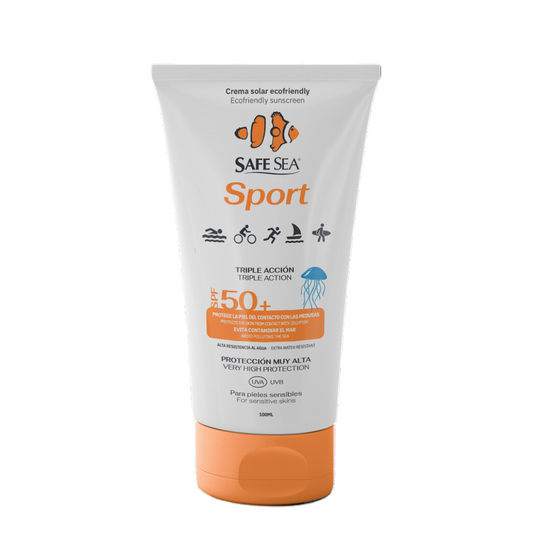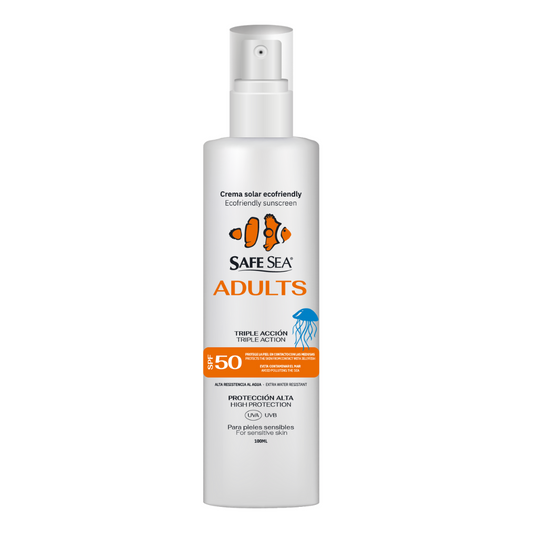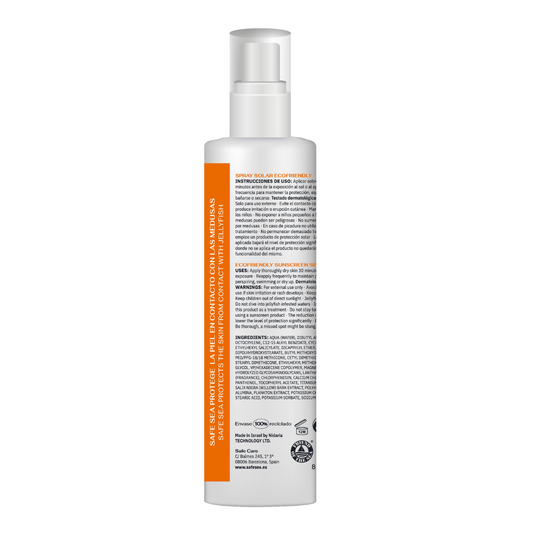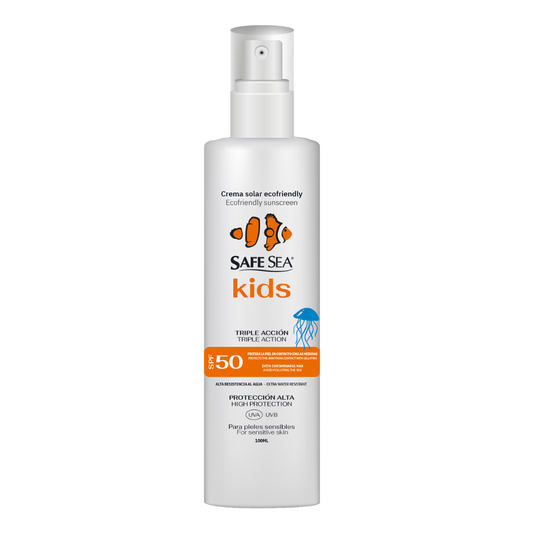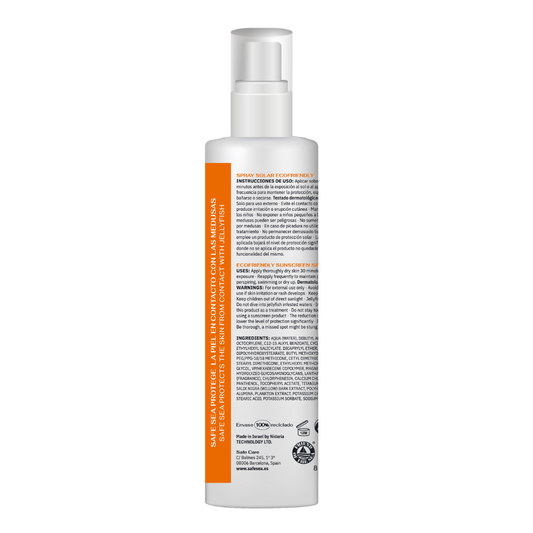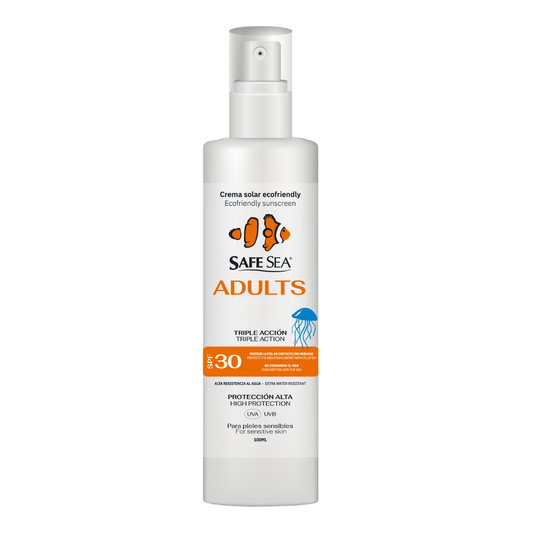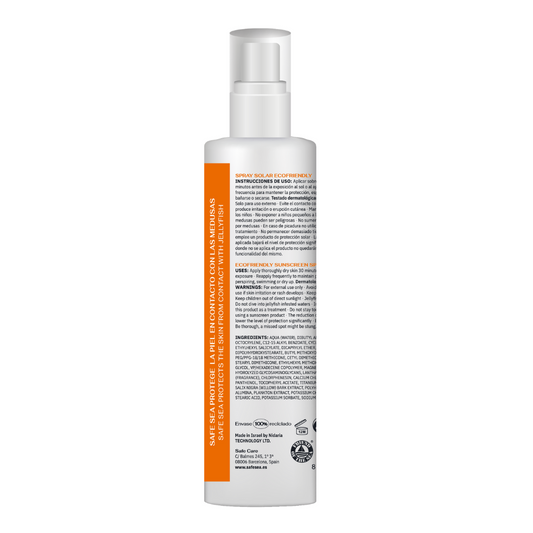How do toxics damage coral reefs?

As many of you may already know, most cosmetics (including sunscreens) contain ingredients that are detrimental to the development and life of marine flora and fauna. They are pollutants. Here's how toxics damage coral reefs.
How Oxybenzone gets into the DNA of coral reefs
One of the main ingredients considered harmful and polluting to coral reefs is Oxybenzone. Oxybenzone (also known as BP-3 or Benzophenone-3) is a chemical that is currently present in more than 3,500 sunscreen products worldwide. It also leads the ranking of chemical actives that endanger marine wildlife and coral reefs. Contributes to coral bleaching and reef deformation by affecting DNA and disrupting the reproduction and growth of coral reefs. reproduction and growth of corals.and growthof corals.
In fact, experts from the University of Central Florida have found that this component is actually toxic to coral reefs. Oxybenzone causes bleaching and thus the death of adult reefs, but it also prevents reefs in their larval stage from developing properly, because of the damage it causes to their DNA.
Marine biodiversity maintains the health of the planet

Nowhere is the importance of biodiversity to sustainable development more essential than in the oceans. Marine biodiversity, that is, the variety of life in the oceans and seas, is a fundamental aspect of the three pillars of sustainable development - economic, social and environmental - maintaining the healthy functioning of the planet and providing services that underpin the health, well-being and prosperity of humankind.
The oceans are one of the world's major reservoirs of biodiversity. They constitute more than 90% of the planet's habitable space and contain some 250,000 known species and many more that remain to be discovered, as more than two-thirds of the world's marine species have yet to be identified.

14,000 tons of sunscreen are dumped into the oceans and seas every year.
The figures are alarming. Every year between 6,000 and 14,000 tons of sunscreen are dumped into the seas and oceans. And the fact is that most sunscreens release up to 25% of their active chemicals into the water. seriously damaging the fauna and flora of the marine environment. Faced with this worrying problem, SAFE SEA develops an environmentally friendly sunscreen. It does not release chemical active ingredients that pollute the water. This innovation comes from the biotechnology company Nidaria Technology Ltd, a world leader in the development of the latest generation of sunscreens.
Dr. Amit Lotan, CEO of Nidaria Tecnology, confirms that SAFE SEA sunscreen releases less than 5% of active ingredients into the water. SAFE SEA sunscreen releases less than 5% of active ingredients into the water, through a scientific test, certified by the "Friend of the Sea" association..


